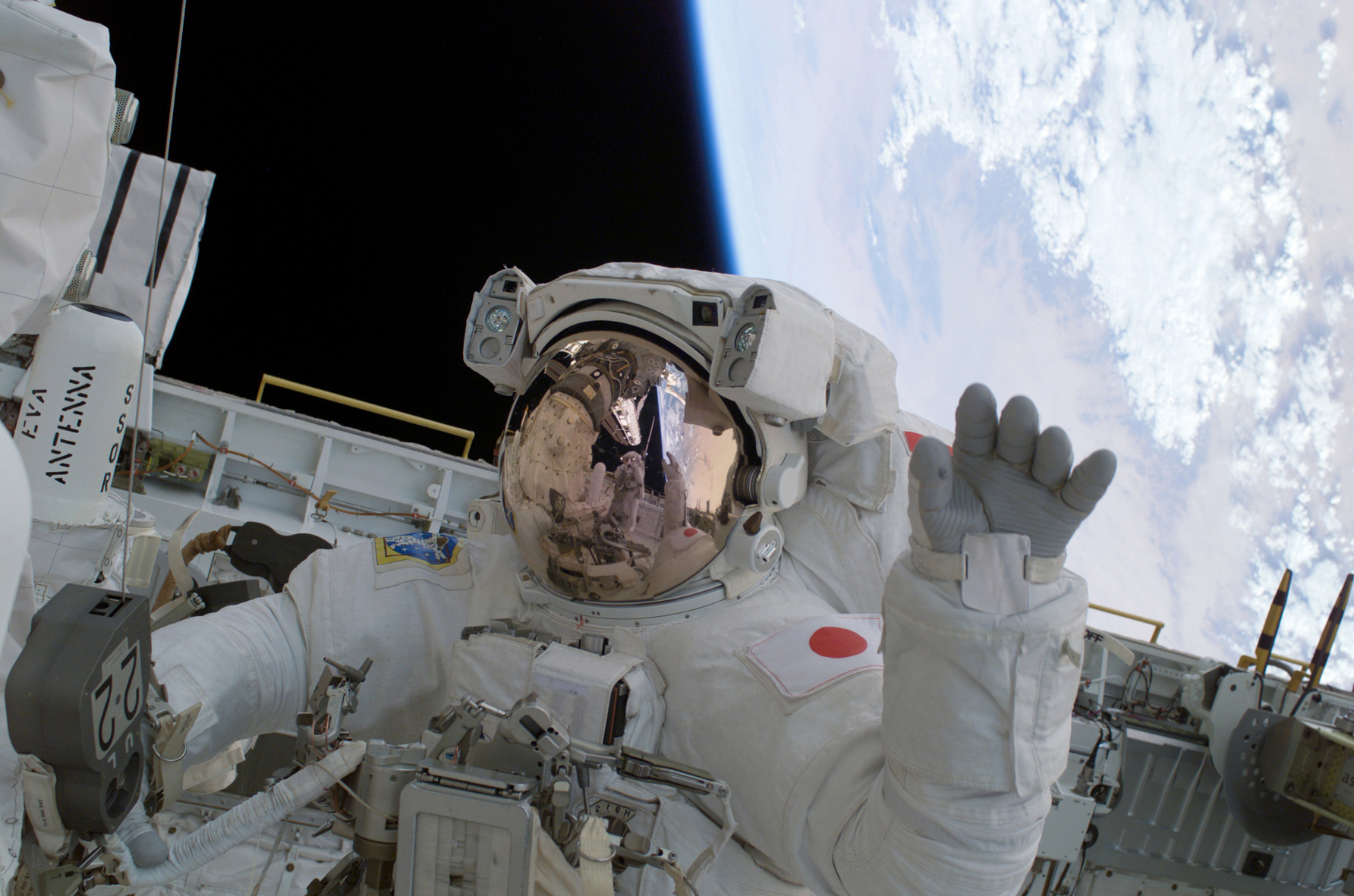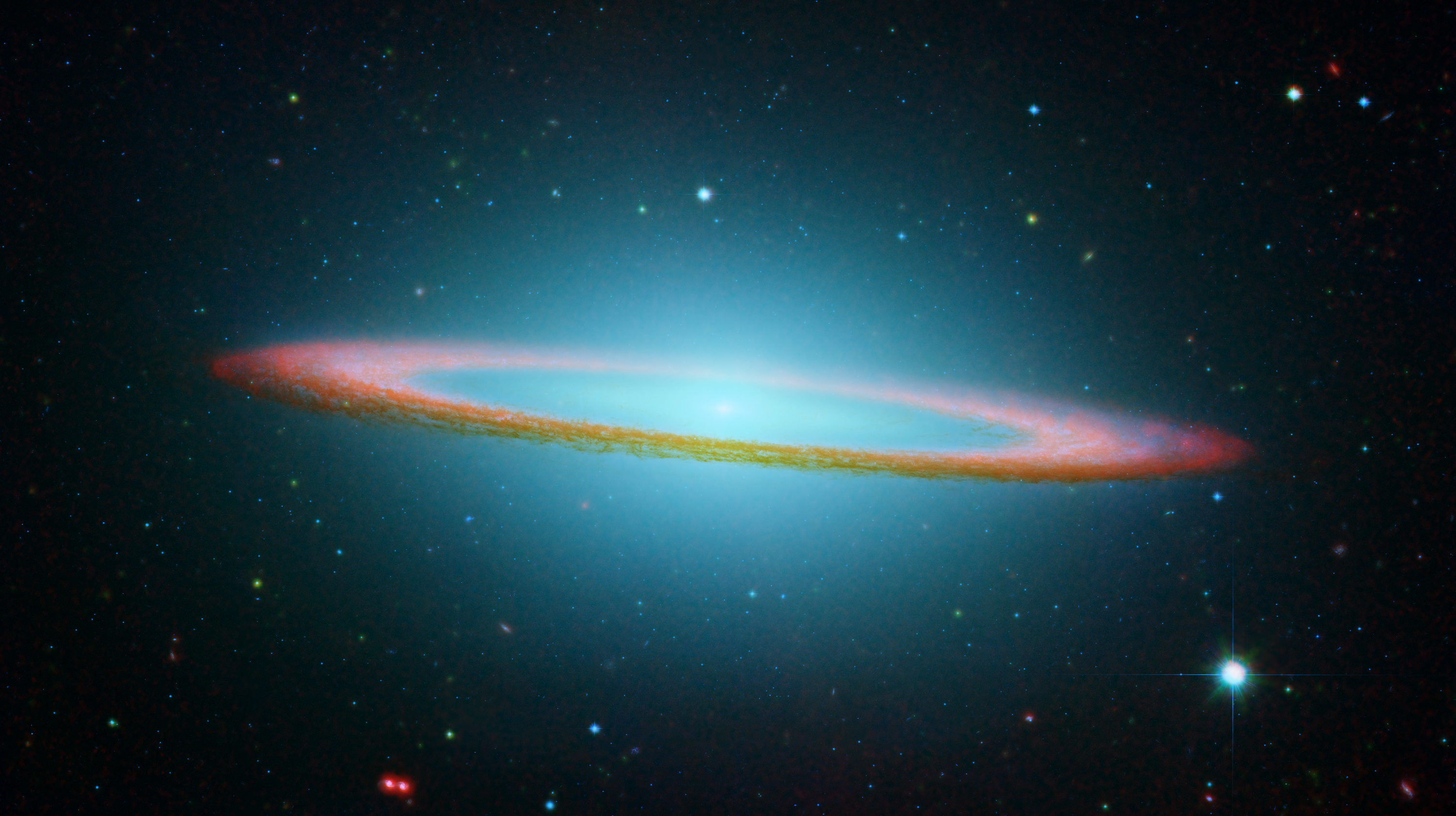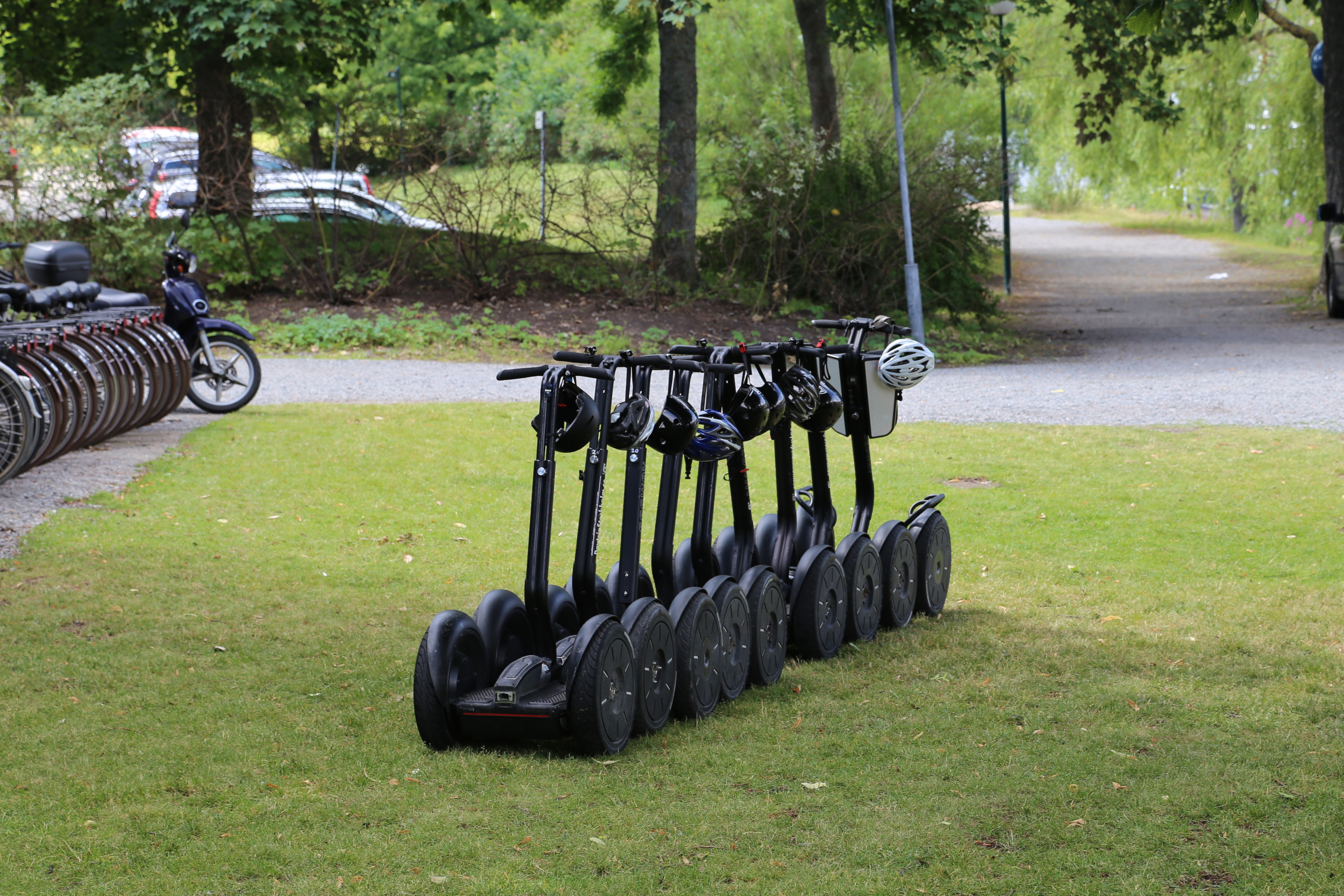7 Mind-Blowing Technologies Powering the Future of Space Missions
As humanity stands on the cusp of a new era in space exploration, the cosmos beckons with promises of discovery and adventure. The rapid advancement of technology has not only rekindled our fascination with the stars but also provided us with the tools to explore them more effectively than ever before. This article delves into 7 groundbreaking technologies that are set to revolutionize space exploration, making interstellar travel, extraterrestrial colonization, and cosmic research more feasible. From propulsion systems to artificial intelligence, these innovations are shaping the future of space adventures, offering a glimpse into the limitless possibilities that lie beyond our planet.
1. Next-Generation Propulsion Systems

At the heart of any space adventure is the propulsion system that powers spacecraft across the vast expanse of the universe. Traditional chemical rockets, while effective, are limited by their fuel efficiency and speed. Enter next-generation propulsion systems, such as ion thrusters and nuclear thermal propulsion, which promise to transform space travel. Ion thrusters, for instance, use electric fields to accelerate ions, providing a more efficient and sustained thrust. Meanwhile, nuclear thermal propulsion offers the potential for faster travel times by using a nuclear reactor to heat propellant. These technologies not only promise to reduce travel time to distant planets but also open up new possibilities for deep space exploration.
2. Advanced Robotics and Autonomous Systems

Robotics and autonomous systems are becoming indispensable in space exploration, performing tasks that are too dangerous or impractical for humans. These advanced systems are equipped with sophisticated sensors and artificial intelligence, enabling them to navigate and operate in the harsh conditions of space autonomously. From robotic arms on the International Space Station to autonomous rovers on Mars, these technologies are crucial for conducting scientific experiments, assembling structures, and even mining asteroids. As these systems continue to evolve, they will play an increasingly vital role in expanding our reach into the cosmos, allowing for more complex and ambitious missions.
3. Artificial Intelligence and Machine Learning
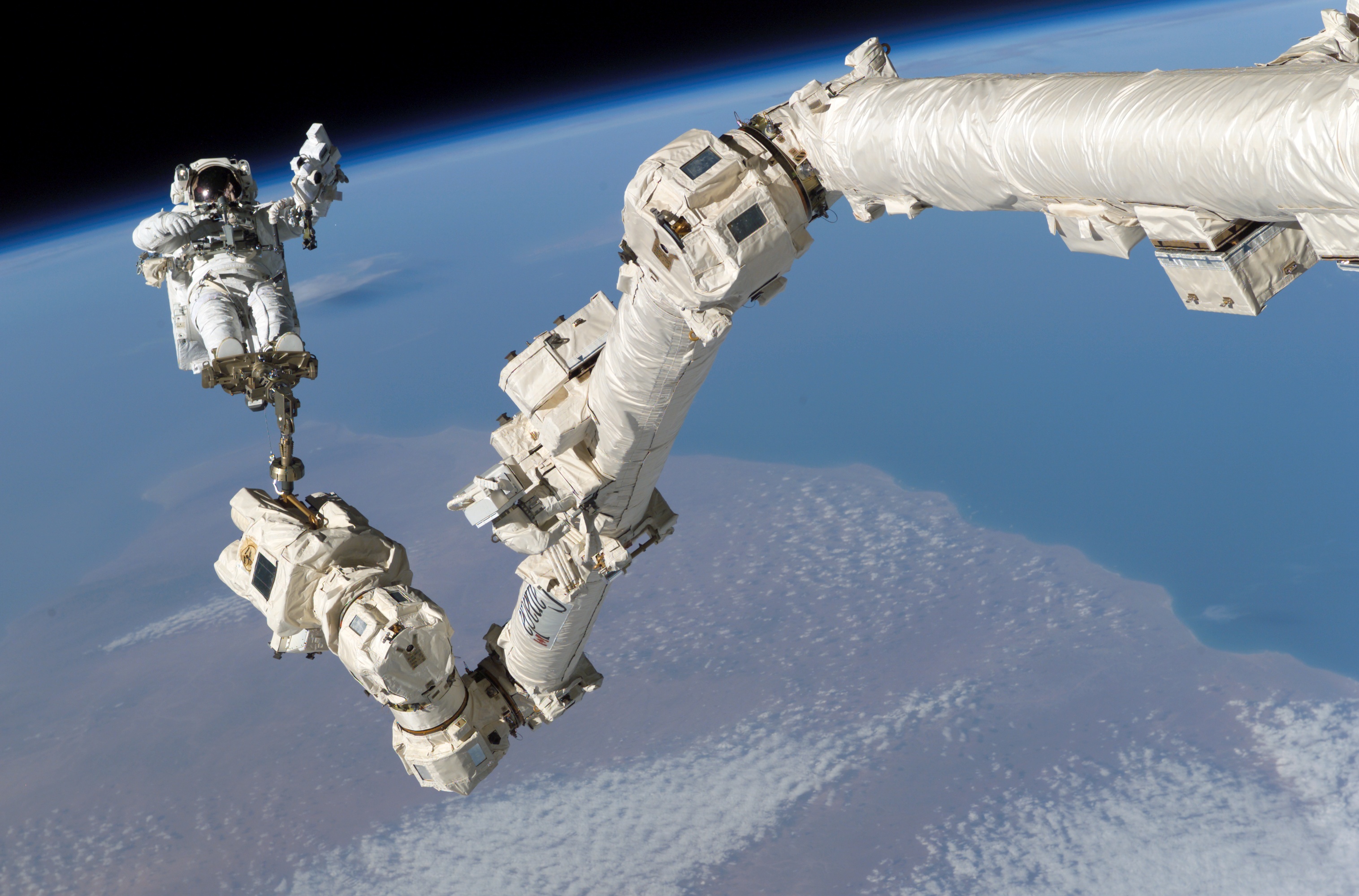
Artificial Intelligence (AI) and Machine Learning (ML) are revolutionizing how we approach space exploration. These technologies enable spacecraft to process vast amounts of data in real-time, making autonomous decisions without human intervention. AI systems can optimize flight paths, manage resources, and even identify celestial phenomena. On Earth, ML algorithms analyze data collected from space missions, uncovering patterns and insights that would be impossible for humans to discern manually. As AI/ML technologies continue to advance, they will enhance our ability to explore the universe, making missions more efficient and expanding our understanding of the cosmos.
4. Space-Based Solar Power
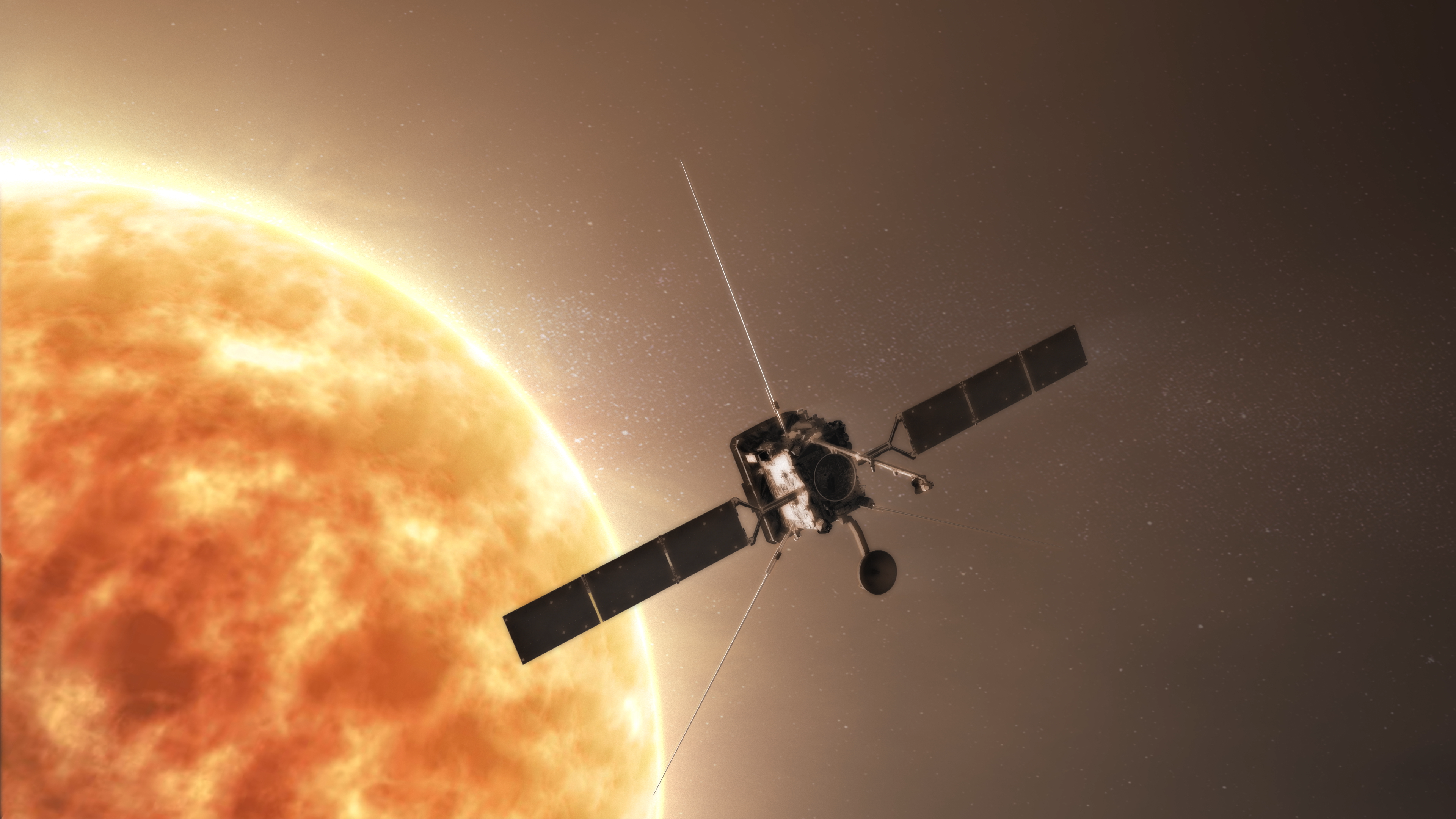
Harnessing solar power in space offers a sustainable energy solution for future space missions. Space-based solar power systems collect solar energy in orbit and transmit it back to Earth or other spacecraft using microwave or laser beams. This technology promises a constant and abundant energy supply, unaffected by weather conditions or the day-night cycle. For long-duration missions or extraterrestrial colonies, space-based solar power could provide the necessary energy to sustain life and operations. As we look to establish a human presence on the Moon, Mars, and beyond, this technology will be crucial in powering our off-world endeavors.
5. 3D Printing and In-Situ Resource Utilization
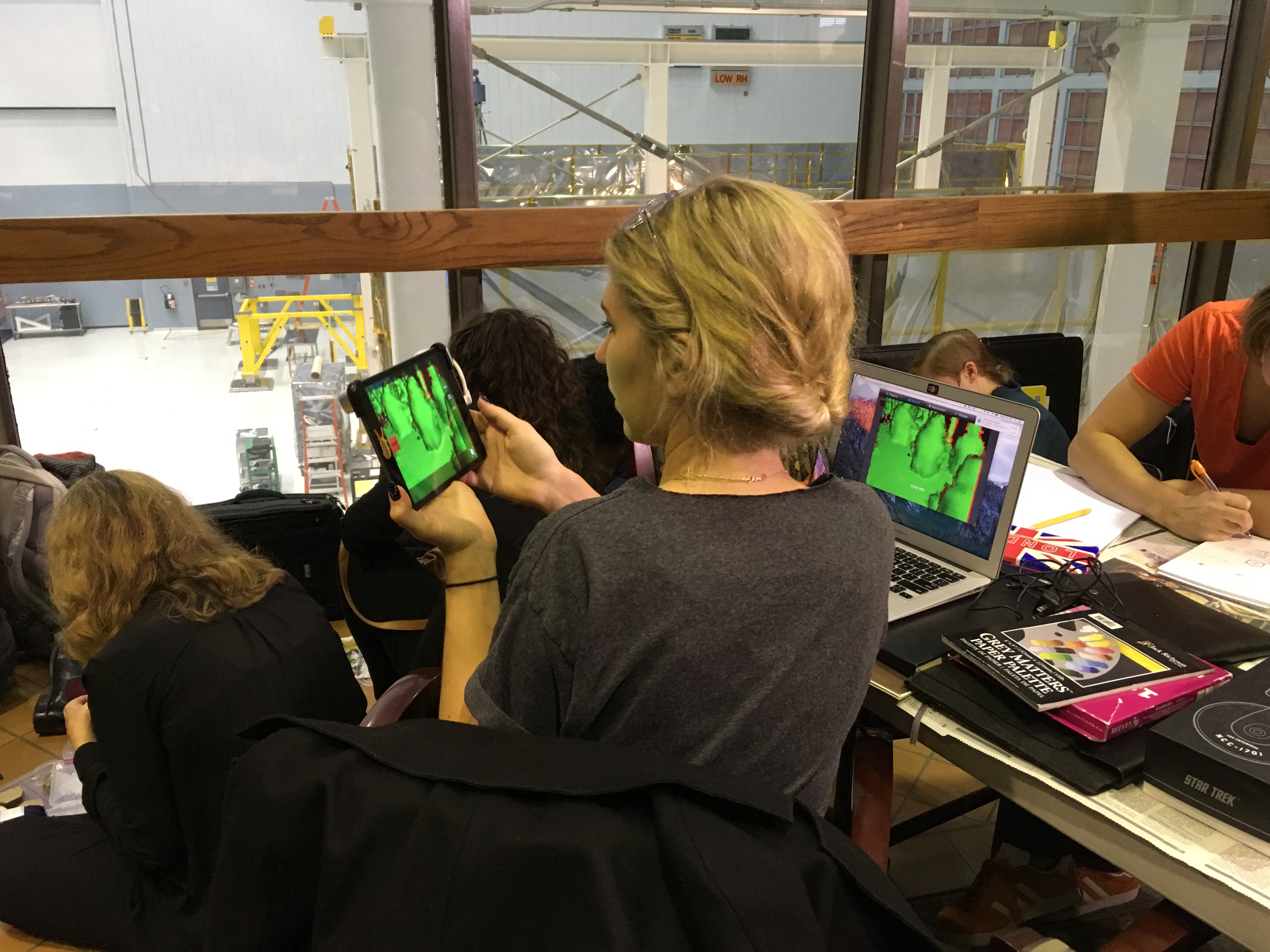
3D printing and in-situ resource utilization (ISRU) are set to revolutionize how we build and sustain structures in space. 3D printing allows for the on-demand production of tools, parts, and even habitats, reducing the need for heavy and costly payloads from Earth. ISRU involves using local materials, such as lunar regolith or Martian soil, to produce essential resources like water, oxygen, and building materials. Together, these technologies will enable more sustainable and cost-effective missions, paving the way for long-term human presence on other planets. By reducing reliance on Earth-based resources, we can create self-sufficient colonies in space.
6. Quantum Communication and Cryptography
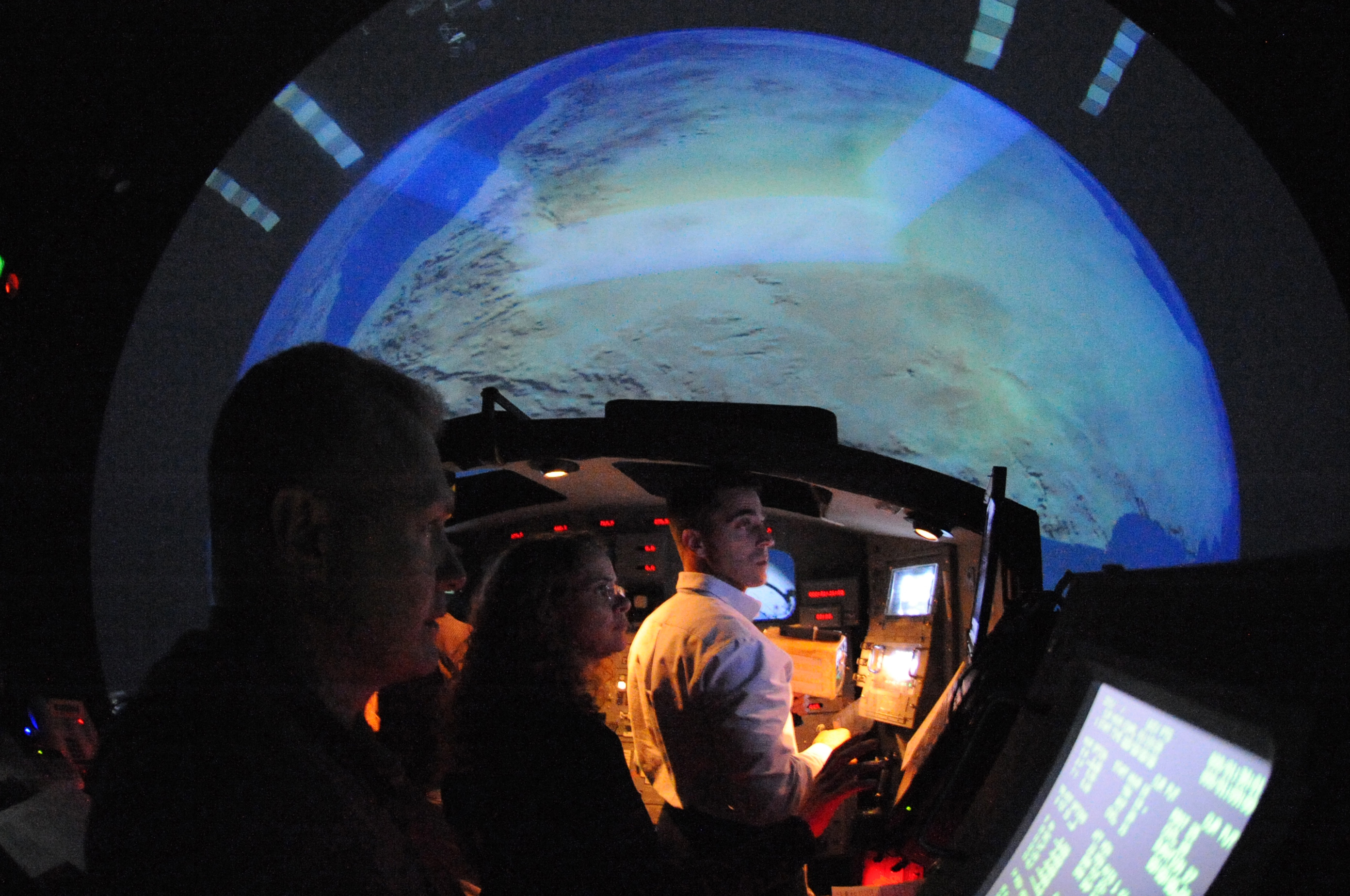
As space exploration becomes more complex, secure and efficient communication is paramount. Quantum communication and cryptography offer a revolutionary approach to transmitting information across vast distances. Quantum communication uses the principles of quantum mechanics to create unhackable communication channels, ensuring data integrity and security. Quantum cryptography provides a level of encryption that is virtually impossible to breach, protecting sensitive information from cyber threats. These technologies are essential for maintaining secure communication between Earth and spacecraft, especially as missions venture further into the cosmos. As we explore deeper into space, quantum technologies will safeguard our data and communications.
7. Human Augmentation and Space Medicine
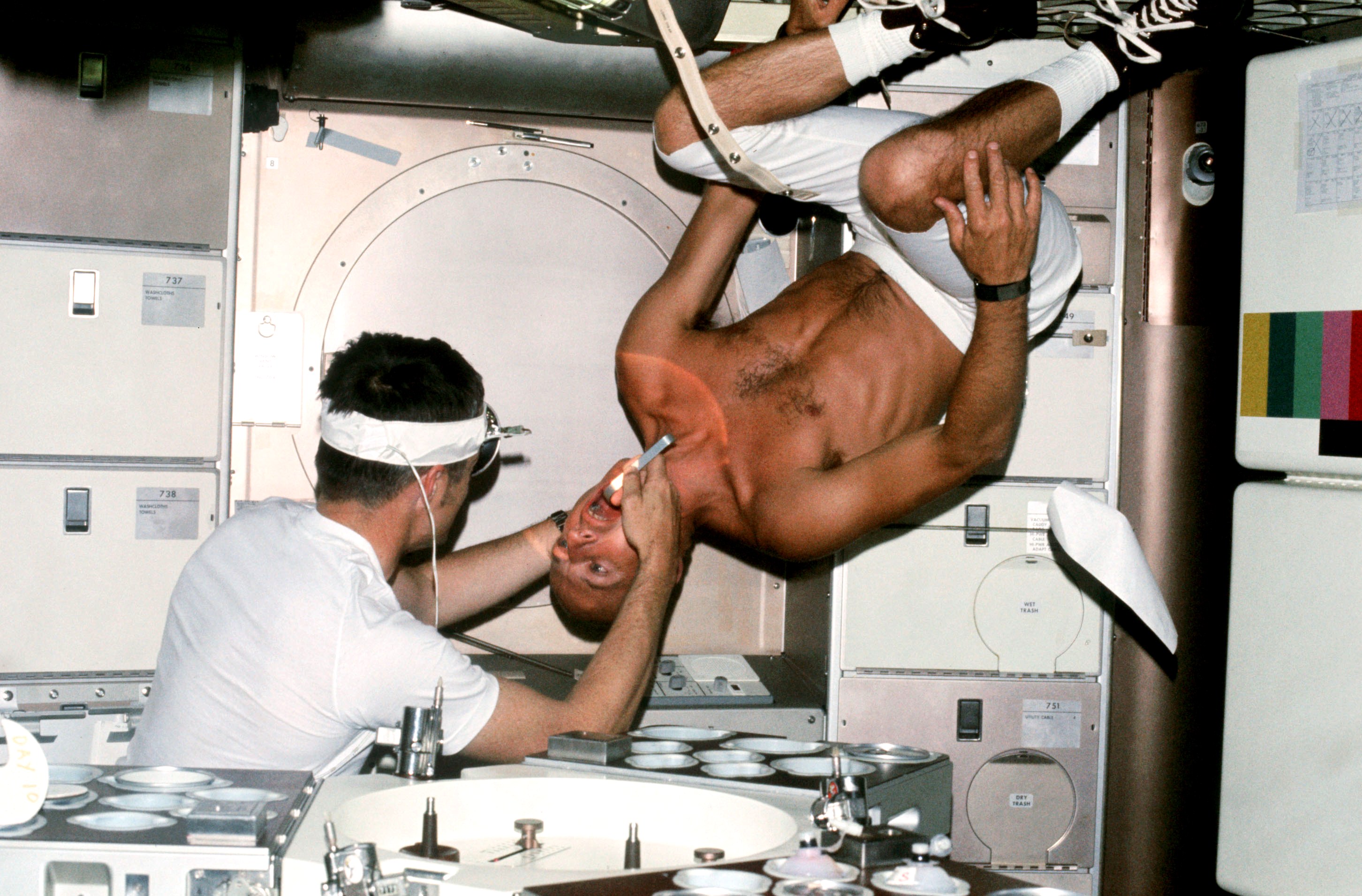
Exploring the cosmos requires ensuring the health and safety of astronauts in the harsh environment of space. Human augmentation and space medicine are at the forefront of addressing these challenges. Technologies such as wearable sensors, exoskeletons, and advanced medical diagnostics help monitor and enhance astronaut health. Research into the effects of microgravity on the human body informs the development of countermeasures to prevent bone density loss, muscle atrophy, and radiation exposure. As missions extend beyond low Earth orbit, these innovations will be crucial in maintaining astronaut health and performance, enabling longer and more ambitious space expeditions.
The Future of Space Exploration
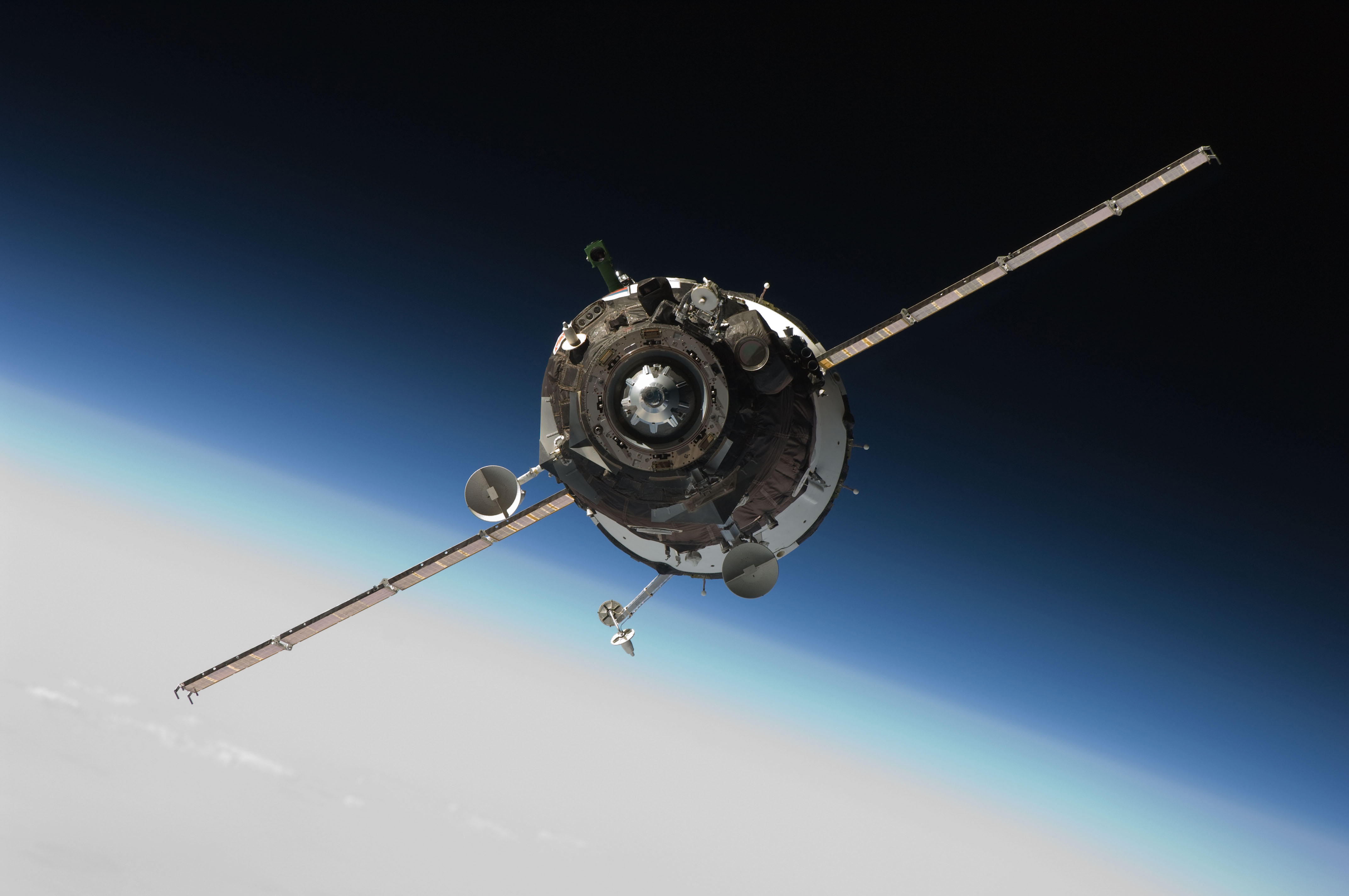
As we explore these 7 game-changing technologies, it becomes clear that the future of space exploration is not just a continuation of past achievements but a bold leap into uncharted territory. Each innovation, from advanced propulsion systems to quantum communication, contributes to a new era of space adventures, where humanity can dream bigger and reach further than ever before. These technologies will enable us to overcome the challenges of interstellar travel, establish sustainable colonies on other planets, and deepen our understanding of the universe. As we stand on the brink of this exciting future, the cosmos awaits, ready to reveal its secrets to those daring enough to explore.



